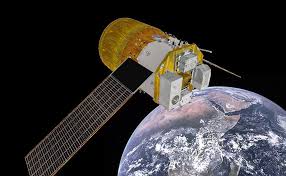
H3火箭:HTV-X成功發射
– 日本宇宙航空研究開發機構(JAXA)與三菱重工聯合研發太空運輸飛船
– H3火箭從種子島宇宙中心發射升空
我們為您帶來NHK報道的最新消息。
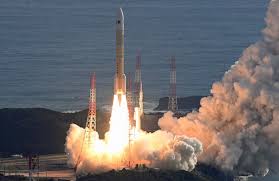
Japan’s New Space Transport Vehicle:
The HTV-X was successfully launched, entering its planned orbit.
1. Japan’s HTV-X has begun its journey to the International Space Station.
2. It was launched on an H3 Rocket from Tanegashima Space Center in Kagoshima Prefecture on the morning of October 26th.

Development of H3 Rocket No. 7:
H3 Rocket No. 7 carries the large space transport vehicle, the HTV-X.
1. The four auxiliary rockets and the first stage of the rocket separated one after another as it ascended.
2. 14 minutes later, the HTV-X was placed into its planned orbit, marking a successful launch.
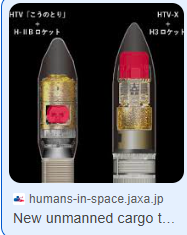
About the HTV-X:
The HTV-X is an unmanned spacecraft that will carry experimental equipment and other supplies to the International Space Station.
1. It is the successor to the Kounotori, which was in operation until 2020, and has a transport capacity 1.5 times greater.
2. It is intended for transporting supplies for the Artemis Project, an international lunar exploration project.
3. New solar array paddles have been installed, and the fuel capacity has been increased.
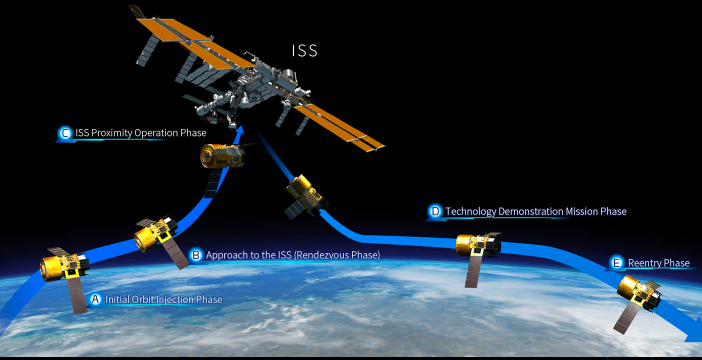
HTV-X Cargo: HTV-X Mission:
The HTV-X will approach the International Space Station four days after launch.
1. Japanese astronaut Kimiya Yui will catch it with the robotic arm.
2. Docking with the International Space Station is scheduled for October 30th.
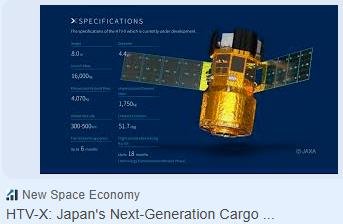
HTV-X Overview:
The HTV-X will carry experimental equipment and other supplies to the International Space Station.
1. This marks the first launch of Japan’s newly developed unmanned space transport vehicle, which cost 35.6 billion yen.
2. It is 8 meters long, 4.4 meters in diameter, and can carry 5.8 tons of cargo.
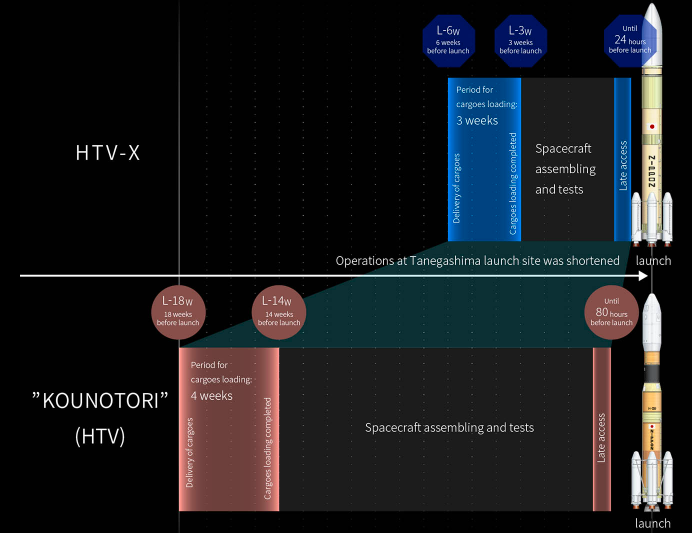
Improved transport capacity and operability:
The vehicle is lighter than the KOUNOTORI, increasing transport capacity by 1.5 times.
1. The cargo loading process, which previously took three days, has been reduced to 24 hours.
2. A new power supply has been installed to provide electricity to experiment equipment during transport.
3. Solar paddles have been installed to ensure stable power supply.
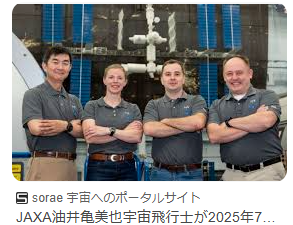
Additional technology demonstration functions:
New functions have been added to the HTV-X to enable six technology demonstrations in space.
1. After separation from the International Space Station, the vehicle will conduct technology demonstrations while orbiting Earth.
2. Over the course of three months, “microsatellite separation and flat antenna panel deployment” will be carried out.
3. After completing the technical demonstration, the HTV-X will re-enter the atmosphere and burn up.
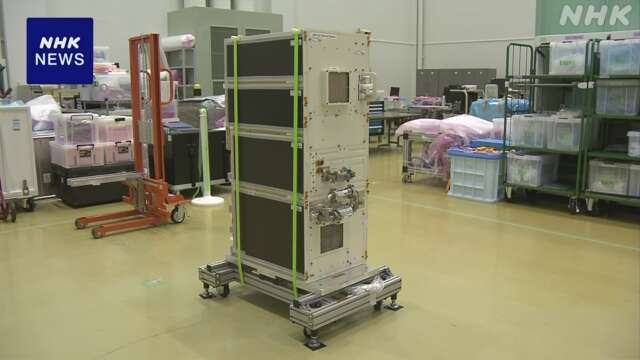
Carbon Dioxide Removal System:
JAXA has developed a carbon dioxide removal system, one of the experimental devices.
1. It takes in the air inside the International Space Station,
2. It removes only the carbon dioxide using a special absorbent,
3. It returns the clean oxygen to the station.
Kimiya Yui will install the system on the Kibo experimental module and conduct a demonstration experiment to verify its performance.